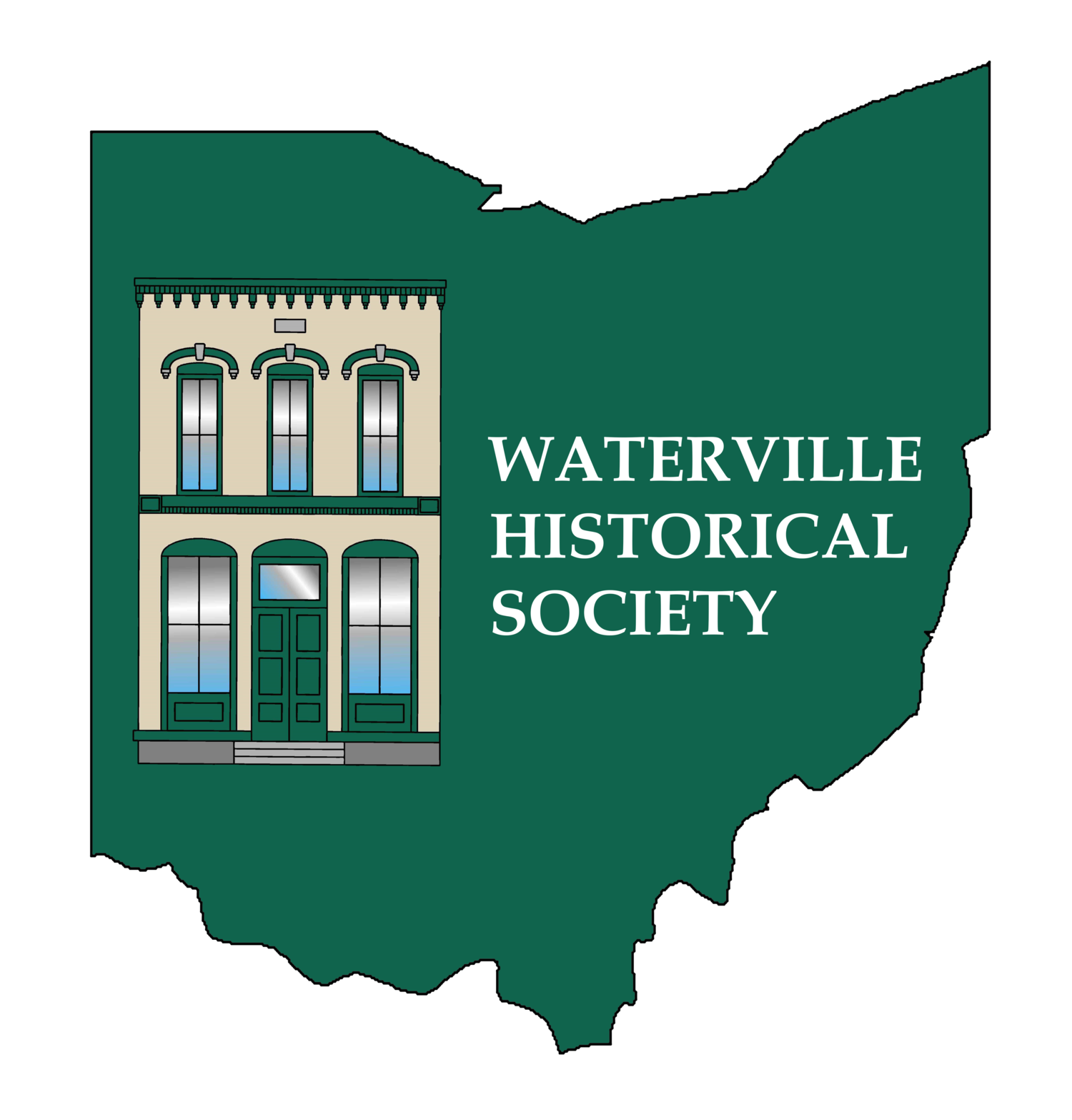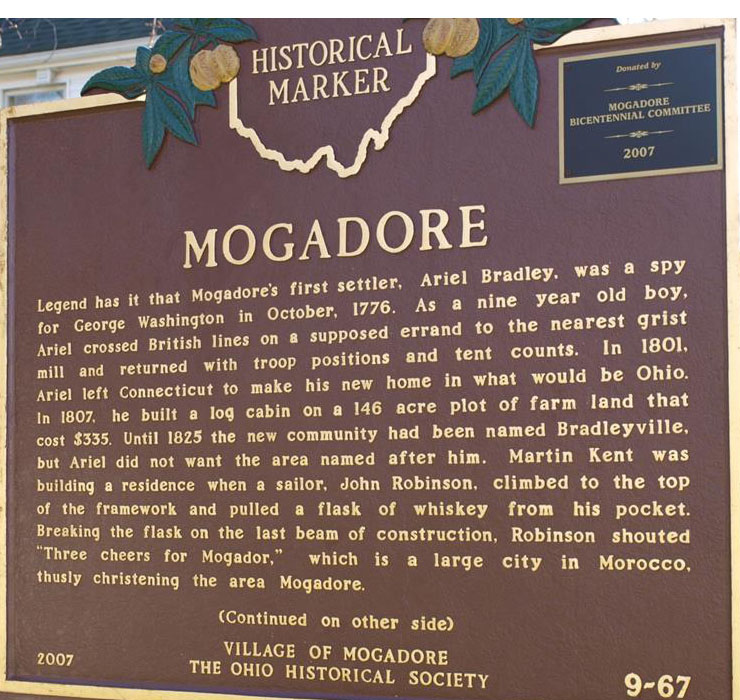In 1966 she moved her antique shop to another location further down River Road and rented the building to a man (unfortunately we cannot remember or find his name) from Perrysburg who converted it to a pizza shop. He ran it for a short while before selling the business to my parents, Gene and Gay Galus, who named it The Waterville Pizza Shoppe. This was the first pizza shop in Waterville and quickly became a thriving and popular business. People raved about their secret sauce recipe and unique blend of cheeses. Friday and Saturday nights were especially busy. The parking lot and restaurant would be so filled that employees would sometimes have to pass the pizzas and drinks out to customers to pass on through the crowd to the correct customer, who would then pass their payment back up to the counter. No money was every lost in the passing!
We supplied pizzas for a campground in Whitehouse, Johns Manville night shift, BG students, the military school, and most of all – the crowds from Anthony Wayne High School sporting events. Most home game nights, we were so crowded that some customers would jump in and take orders at the counter and answer the phone!
My mom, Gay Galus, was the primary employee and manager of The Waterville Pizza Shoppe, but other family members helped too. Gene, my dad, took care of ordering and picking up supplies, my younger brother, Joe, helped with stocking and cleaning, and I started grinding the cheese, making boxes, slicing pepperoni, cleaning, and stocking while still in late elementary school and later took orders and made pizzas. Mom’s younger sister worked for us for a period, as well as some Anthony Wayne High School students and a few other locals. One entertaining employee would sometimes hang upside down from the light post out front when there were no customers, which would bring in people out of curiosity!
On slower weeknights when Mom was working in the shop alone, Rick Ashenfelter would keep a watchful and protective eye on the little pizza shop from across the street where he worked as an attendant at the Sunoco gas station. It was a dark corner except for the street light and lights of the gas station and pizza shop, so Rick worried about my mom working alone. If she went in the back room and he didn’t see her, he would either call or walk over there to be sure she was alright. Rick received free pizzas and beverages out of gratitude from my parents whenever he was working...and sometimes even when he wasn’t working. He would tell them that wasn’t necessary, but they insisted - they thought the world of him.
After a few years of serving only pizzas and sodas, my parents decided to add Hoagie Sandwiches to the menu. These became a favorite overnight! They also featured a 6 foot long hoagie for parties, which would be delivered to the customer on a long custom-made board with handles.
Some famous customers who ordered pizzas from The Waterville Pizza Shoppe were Bob Hope, June Taylor (of the June Taylor Dancers) who sent her limo driver in to pick it up, and Loretta Lynn who arrived in her tour bus and sent her driver in. Our pizza shoppe was on television once when we donated a year of free pizzas for a raffle prize for a local call in charity drive. We gained many new customers from that TV plug!
To illustrate the old saying, “It’s a small world”, I was talking to a College of Charleston professor while living and teaching in Charleston, SC many years after moving away from Waterville. She mentioned that she and her husband were moving back to their hometown. I asked where that was. The professor answered, “Bowling Green, OH”. Then she went on to tell all the things they missed about living in Bowling Green and one of them was “the best pizzas in the world” from a pizza shop in Waterville. I asked if it was located on the corner at the foot of the bridge. The professor looked surprised and said, “Why yes. Have you been there?” I told her that my family had owned that pizza shop and that we had lived right down on the road on North River Road. The professor asked if my family still owned it and was very disappointed to learn that it had been closed for many years and that the building was no longer there. Neither of us could believe that of all the pizza shops in all the towns in all the states in this country, we both had a connection with The Waterville Pizza Shoppe!
Our family owned and operated the shop from approximately 1967 until approximately 1974. We moved to South Carolina in the 1980’s and reside there to this day. Article written by Candice Galus Brown, using information provided by Gene and Gay Galus.

